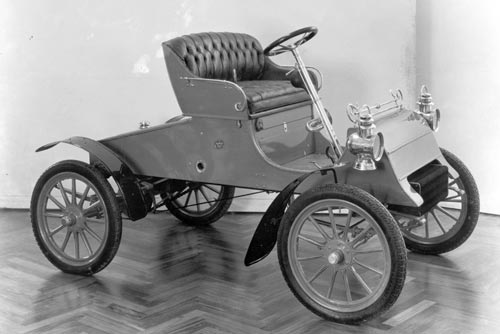
National Highway Traffic Safety Administration This request can be made by mail to the address shown below, or by e-mail to: however the material will be mailed as indicated below. Customers should also provide a daytime telephone number where they may be contacted.

Those unable to visit TIS in person but requiring extensive searches of the collections are requested to put the details of their requirements in writing, authorizing a fee search for which they agree to make payment. Due to security, have the guard call our Reference Desk at 20 for an escort. TIS staff members are on duty to assist users. Users may visit the Reading Room to perform their own research. The TIS Reading Room (E12-100) is open to the public during the hours of 9:30 a.m. to 4 p.m. If you want to review the original submission from the manufacturers or request research done on the Part 583 submissions, please contact the NHTSA Technical Information Services (TIS). Information on vehicles that NHTSA has tested in the NCAP program can be obtained by calling the agency's toll-free Auto Safety Hotline at 88. Also included on the website are data from the agency's New Car Assessment Program (NCAP) including the relative frontal and side crash protection in new vehicles as well as a vehicle's likelihood to roll over from a single vehicle crash. In addition, NHTSA has other information about safety equipment and systems that are standard or optional equipment on new vehicles at. A vehicle's type can be found on its certification label located on the driver's door or door jam.

The tables include what we believe is the most important information that is displayed on the labels, i.e., the percentage of U.S./Canadian content whether the vehicles within the carline are passenger cars or other vehicle types, e.g., multipurpose passenger vehicles or MPVs and where they are manufactured, in the U.S./Canada, elsewhere, or in some cases both. The tables that follow list information that was submitted to NHTSA by vehicle manufacturers. It may be part of the Monroney price information label, part of the fuel economy label, or a separate label. The label must be placed in a prominent location on each vehicle where it can be read from the exterior of the vehicle with the doors closed.
AUTOMILE MODELS MANUAL
For example, if vehicles are offered with a manual and automatic transmission, the manufacturer will estimate how many vehicles will be built with each transmission. When optional equipment is offered for vehicles within the carline, the vehicle manufacturer estimates the installation rates for that equipment. The total number of each of the equipment items that will be used to assemble the vehicles within the car line during the model year.The total value of each equipment item, i.e., the price the manufacturer will pay for it (this information is typically provided by the manufacturer's suppliers) and.The U.S./Canadian content (by value) of each item of motor vehicle equipment that will be used to assemble the vehicles within the carline.For each carline, the calculation of U.S./Canadian content percentage also includes: They estimate the number of vehicles and subgroups of vehicles that will be built within each carline, e.g., the number of base level and high-line models. Vehicle manufacturers must calculate the equipment content percentages for their carlines prior to the beginning of the model year. A carline includes all motor vehicles of a given nameplate.

Light duty trucks are considered to be different carlines than passenger cars. The term "carline" refers to a name of a group of vehicles which has a degree of commonality in construction, e.g., body and chassis. The percentage U.S./Canada equipment content, as well as content percentages for other countries are calculated on a "carline" basis rather than for each individual vehicle and may be rounded to the nearest 5 percent.



 0 kommentar(er)
0 kommentar(er)
